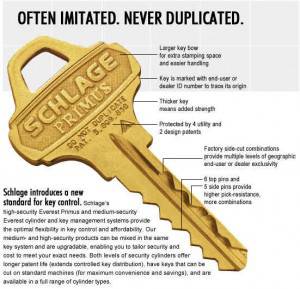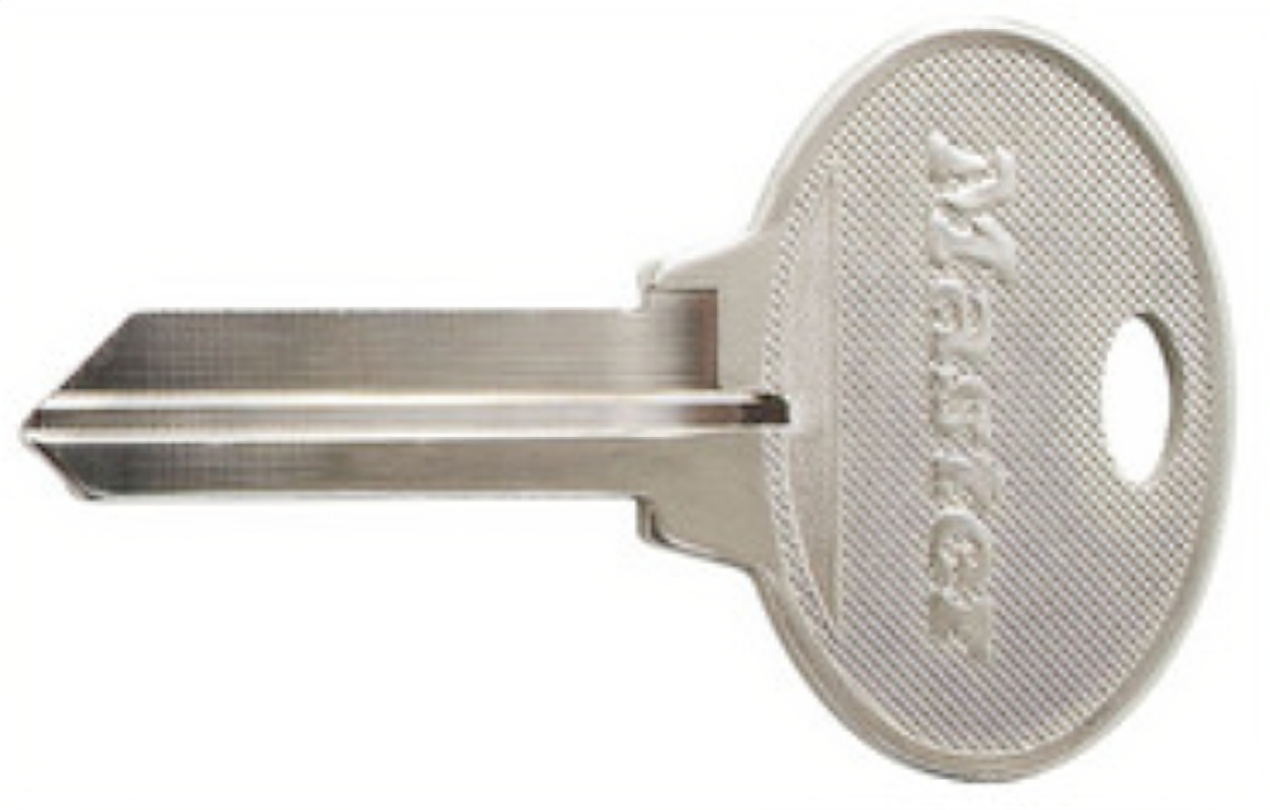
To compare cuts on an imitation original to cuts on a true original key, one might measure cuts with a similar number designation on every key employing a micrometre. (These numbers on keys can be in-depth and in some cases complicated). Now in Figure 3a, we’ve what seems to be another Schlage C keyway key with a bitting range thereon, however as a result of it does not have a manufacturer’s name on it we cannot assume that it’s a Schlage original key. we will see by looking closely at the key that the numbers appear to match the depths of the cuts, however, we’ve no approach of knowing whether or not the depths of those cuts are} an equivalent as those on a manufacturer’s original unless we measure them. The keyway is that the shape of the key once viewed from the tip as shown in Figure three. The form of the key determines whether or not it’ll be able to enter the keyhole of the lock. On several Schlage keys this wherever they show the keyway of the key. As we tend to compare the cuts to they’re corresponding numbers shown within the bitting, we tend to see that the larger the amount, the deeper the cut. This can be the approach bittings typically made, and by comparison the numbers to the cuts we will tell that the number sealed in this key is, in fact, the bitting.Īppearing on the stop is the letter “C”. If we glance at these digits one at a time and so inspect the blade of the key in Figure one, we see that the primary cut (starting from the bow end) is a range “2” and isn’t, therefore, deep, whereas the second cut, a number “6” is considerably deeper. Toward the bottom of the head, we tend to see a five-digit range. In the icon above we see a close-up of the top the key, we examined in Figure one. Here are 2 samples of bitting numbers sealed on keys. If a key has no cuts, it’s not referred to as a key. It’s known as a “blank.”įIGURE 1 FIGURE 2 Understanding Bitting Numbers Tip – the other finish of the key from the bow. Used to establish the order of a bitting. for instance, one may say the bitting on this key is written “bow to tip”. See the section regarding bitting later during this article.ĥ. Listed, these depth numbers comprise the bitting of the key. These depths are numbered in step with their size in thousandths of an inch. As an example, variety one (1) cut could also be .213″ (two hundred-thirteen-thousandths of an inch) on a specific brand of a key. Cuts – to create a regular pin tumbler key, one cuts away material to specific depths to accommodate the length of a pin. Here is wherever the cuts that correspond to the key’s bitting are located.Ĥ. On certain types of keys, the stop is found at the tip of the key rather than the bow, however, it serves a similar function.ģ. Distances measured beginning at the stop find the cuts of the key. Stop – on most keys placed next to the bow, it keeps the key from going into the lock too far. Here is wherever most key numbers appear.Ģ. Bow (or Head) - is the handle that one uses to grasp and switch the key. Below is an illustrating showing the varied regions and what they’re called:ġ. In order to get a basic understanding of letters and numbers on the keys that appear on keys, it’s necessary to understand the elements that structure a key.

Key Numbers inside the master key System.Some are sealed into the metal whereas others are decorated throughout the moulding process. This article is concerning the information contained in the numbers on the keys, letters and mainly deals with the subsequent categories:


#Schlage master key system how to#
Have you ever wondered what all those numbers on your keys represent? Or why they’re even relevant? In this quick guide, we will show you how to read these letters and of course the numbers on keys.Īll kinds of numbers on keys, letters and symbols appear mostly on the heads of keys.


 0 kommentar(er)
0 kommentar(er)
